Riding simply is a dangerous sport - two individuals meet, one of them with a strong instinct to flee. In addition to training of both parties and a solid rider's seat, the right equipment is essential to minimize the risk for horses and riders as much as possible.
- If you are smart you put on a helmet
Riding is one of the most popular sports of all, the German Equestrian Federation is the world's largest equestrian association. According to the Society for Orthopedic-Traumatological Sports Medicine (GOTS) e.V., around 40,000 riding accidents that require medical treatment occur every year. The number of unreported cases without medical treatment is assumed to be much higher. But not only the rider, but also the horse is subject to a major safety risk. It is even more important to minimize or at least mitigate this risk with the appropriate equipment. In addition to passive protection, you can also actively do something for your safety by handling, training and keeping the horse in a correct manner.

- Safety Vests - Comfort and Protection?
Chest protector, back protector, airbag vest - the choice are endless, but the protection that is purchased differs. Depending on the type of vest, the spine, ribs, thoracic spine and upper lumbar spine are protected, but the lower lumbar spine, neck and internal organs are poorly protected. The protection factor of safety vests can be categorized in levels 1-3.
Level 1: Low Protection - protector protects the spine and most parts of the tailbone. However, little protection for ribs and chest.
Level 2: Partial Protection - Protector protects extended spine with increased padding on chest and ribs. Only recommended under secured riding conditions.
Level 3: High protection - full protection of the spine with upper lumbar, ribs, thoracic spine and coccyx. Compulsory at the start of eventing tournaments.


When taking a closer look it becomes clear that only level 3 vests should actually be used in terms of protection, because there are actually no secure riding conditions. An airbag vest offers additional protection. However, this only triggers when the horse and rider separate. In the case of rollover falls, on the other hand, the separation and thus the triggering of the mechanism occurs far too late. These accidents also represent the greatest risk of death in equestrian sports. New research is based on non-mechanical triggering mechanisms that are based, for example, on the curvature of the horse's back.
- Footwear - Only with Heels
Sturdy shoes, ankle-high and with a heel: This stabilizes the ankle, the legs are more stable and the foot is prevented from slipping through the stirrup. In addition to classic riding boots, ankle boots can also be worn when riding. Crucial here, however, is the protection of the calves, which can easily become trapped in the strap loops without the appropriate trimmings on the breeches or chaps. Spurs must be designed in such a way that they do not slip and restrict the flexibility of the foot. In addition to suitable riding shoes and boots, sturdy shoes should also be used when handling the horse in order to minimize injuries.


Stirrups - Questioning Trends
Hardly any other piece of equipment triggers as many horror scenarios as the stirrup. Accidents in which the rider gets caught in the stirrup and is dragged by his horse are not uncommon. So it's not surprising that, in addition to the classic Fillis stirrups, a large number of supposedly safe systems in all colors, futuristic designs and various safety systems have established themselves. But no matter how chic the stirrups may be, they can make the difference between life and death. It is crucial that the rider can move in the stirrup, he must be able to change and adjust his foot position, this is the only way to ensure a balanced seat in every position. In an emergency, the rider must safely and quickly get his foot out of the stirrup. Flexible sides or stirrups with elastic bands on one side can minimize the risk of the foot getting stuck in the stirrup in the event of a fall. However, some systems even advertise a click or magnet system with which the foot is supposed to be held in position in the stirrup. Due to the constant contact with the stirrup, the rider can no longer react flexibly enough and practically sticks to the stirrup. It is almost impossible for the rider to jump off quickly, so the danger is much higher than in a closed bar. The tread itself also plays a decisive role, but this is more personal: wide pads or flat, little grip or a lot - it's all a matter of personal preferences. In addition to the stirrups themselves, the suspension of the stirrup leathers, the U-lock, is also a safety factor. This should always be open or at least very easy to move so that the entire stirrup and strap can come loose from the saddle if the worst case scenario occurs.

- Ropes - For Guiding and Tying
Leading and tying up poses a high risk for both the rider and the horse. The basic equipment of every horse and the basic training of every rider therefore includes knowledge of the correct ropes and opening mechanisms. The following applies: for tying use a rope with panic hook, for guiding use a rope with carabiner. There are two reasons for this: Injuries from tethered horses are very common. As a flight animal horses usually pull at the rope without considering losses when they panic. The back pressure increases the panic and can cause enormous damage to the skeleton, neck and soft tissues such as bursa. New innovations in this field are presented and awarded almost every year. The simplest option is an interposed additional band that requires far less force to tear. Alternatives are panic loops, which provide more security with Velcro, rubber clips or special devices that automatically give the horse more rope when pressure is applied, which means that most horses calm down faster.

- Halters, Blankets and Harnesses
Accidents often happen when the rider is not even aware of them. The horse gets tangled with the halter on a fence or tree, it gets caught in the blanket straps when rolling or the blankets slip so much when romping that the horse's movement is restricted. It is therefore advisable to remove the halter when going out onto the pasture or paddock. Special pasture or safety halters offer safety buckles, velcro fasteners or even predetermined breaking points that open when pressure is applied. Injuries to the head and neck area in particular can have long-term and serious consequences. If the halter remains on the horse's head, it must fit snugly and must not slip. The end of the nasal bone is only a few millimeters long. If the halter slips down and the horse gets tangled, it can break very easily. Appropriate padding on the nose and neck reduces the risk of serious injuries, albeit only slightly, because the contact surfaces are larger and the pressure is distributed more widely. If rugs do not have an additional safety feature from production, leg loops that improve the hold of the rug can be retrofitted. Rubber buckles are also available, which are attached between the usual buckles: If the horse gets tangled in the straps, the rubber tears and the horse is released.
The safety Risk of Driving
Driving is particularly risky. On one hand due to unforeseen events caused by road traffic and those involved in it, but on the other hand also due to loading and unloading and the actual time that the horse spends on the trailer. Sturdy shoes, gloves and, ideally, an assistant provide the basic requirements for safe loading and unloading of the horse. After being led up, the barrier bar must always be attached before the horse is tied. When unloading, the horse is first untied and only then is the barrier bar removed. The barrier bars can be released manually from the outside in case the horse runs over it with its limbs or gets stuck under it. It is important to familiarize yourself with these safety elements before the first ride and to practice accordingly in case of an emergency and to make sure that the necessary tools are always at hand.

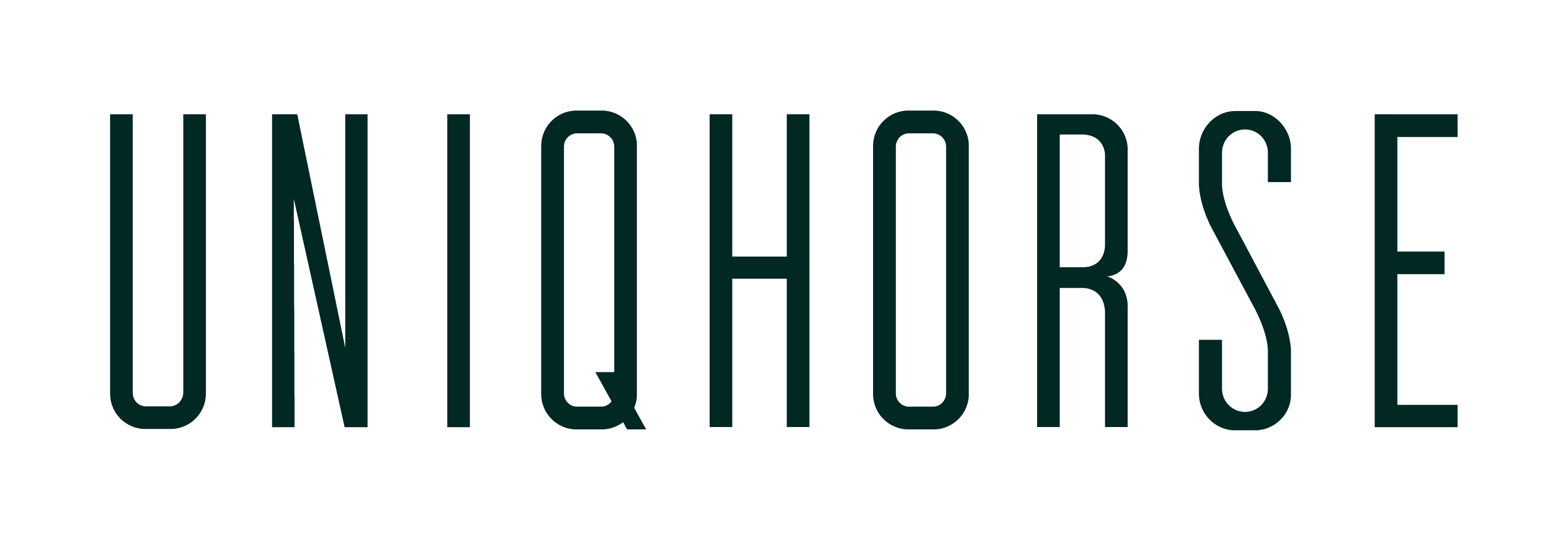


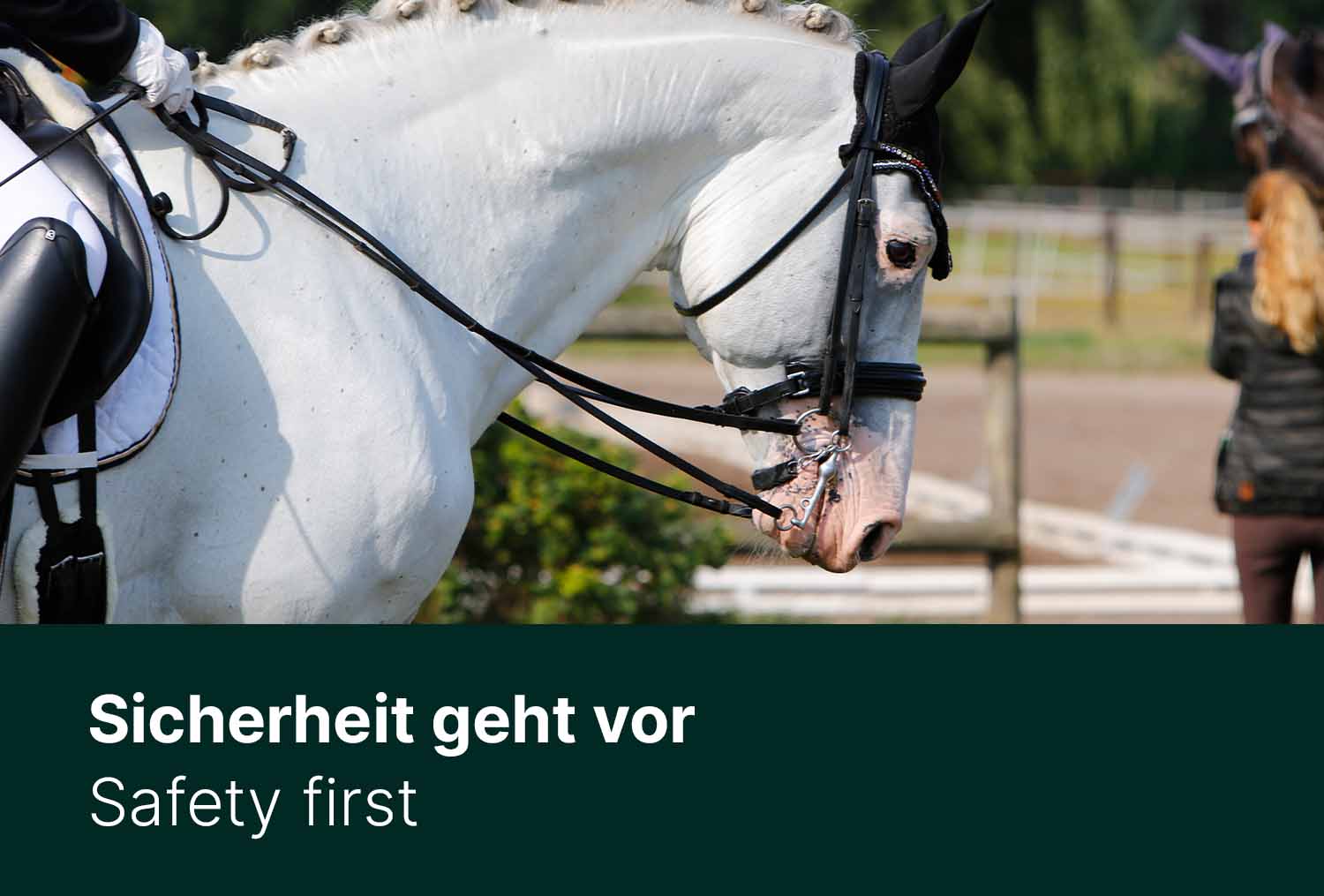


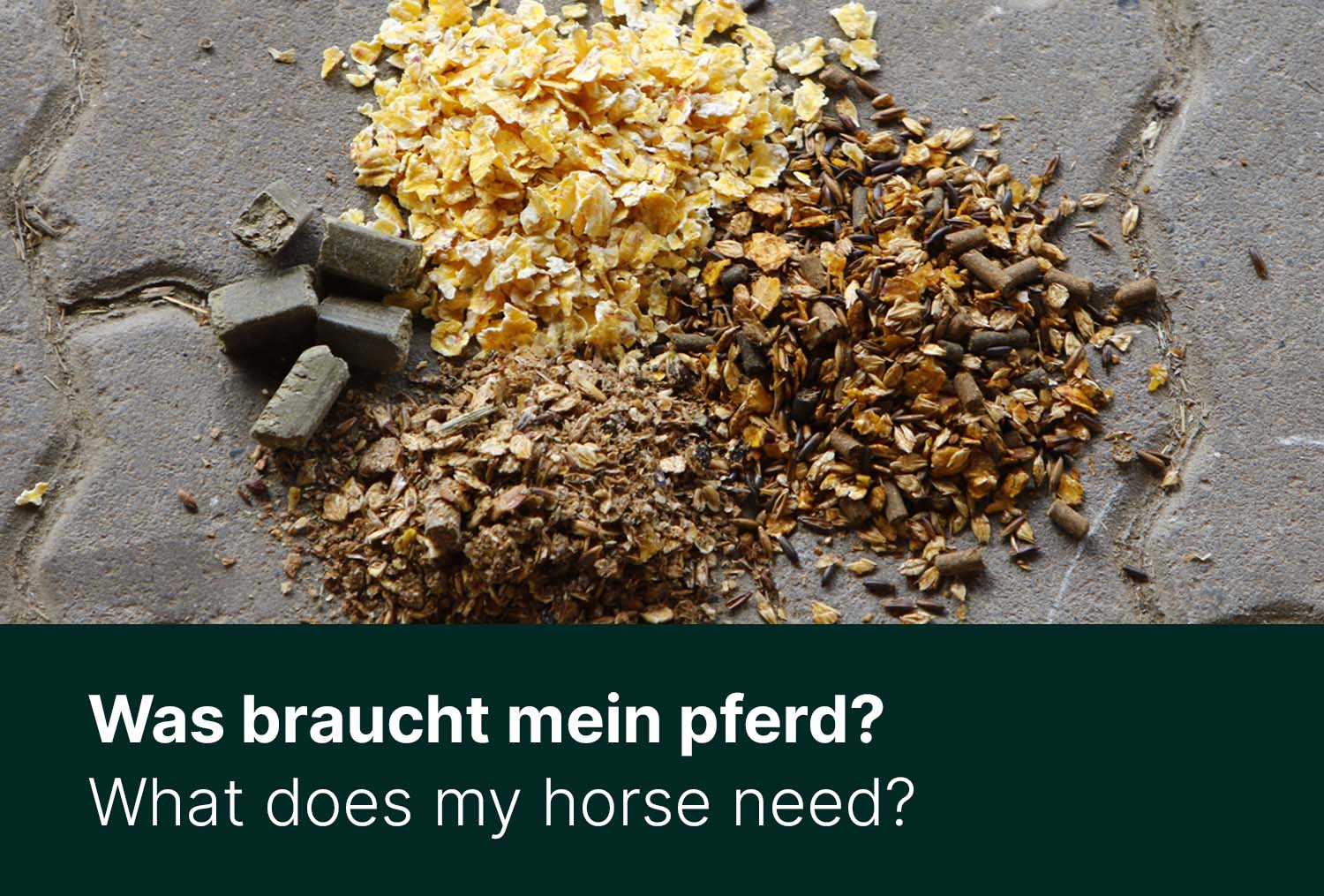
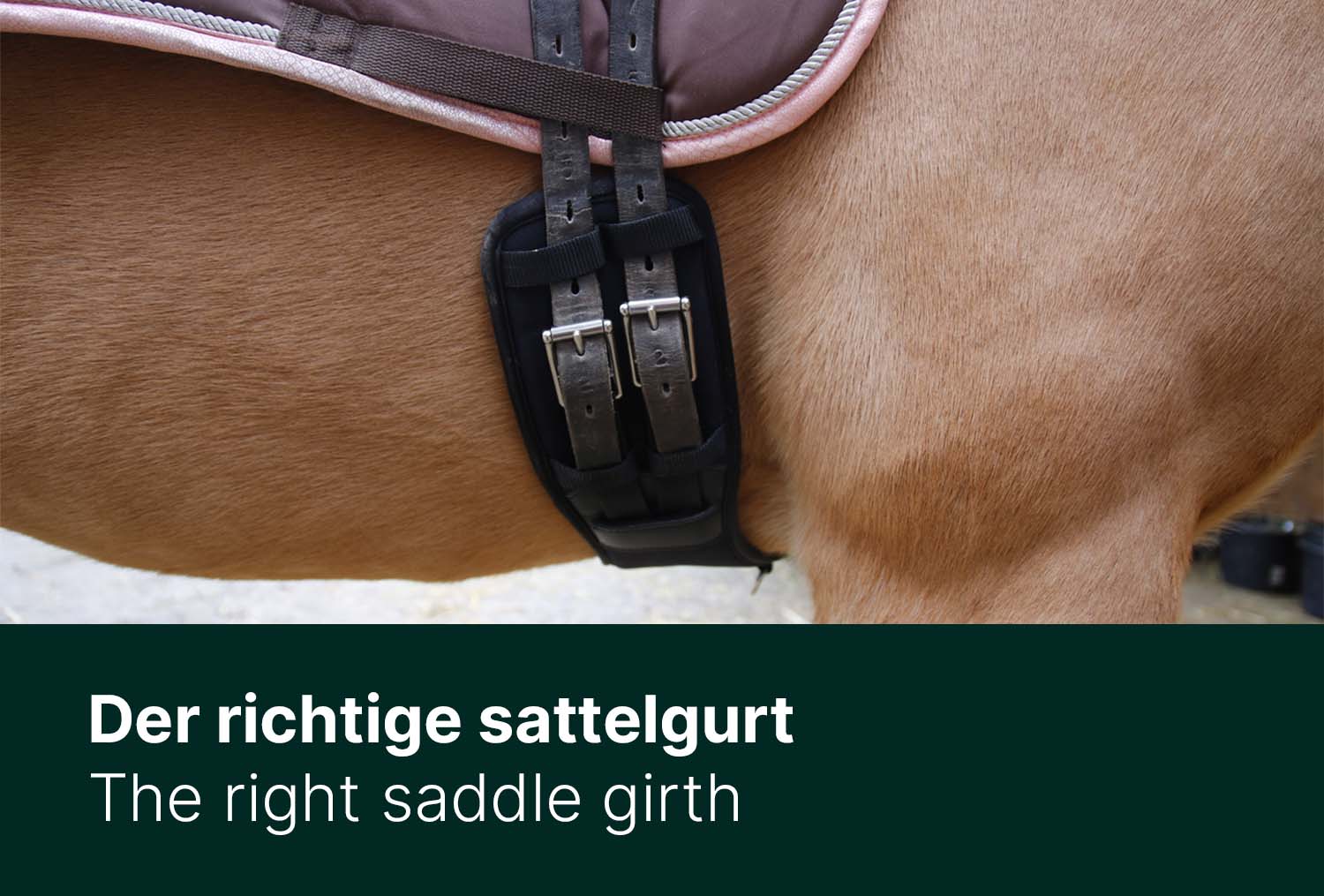
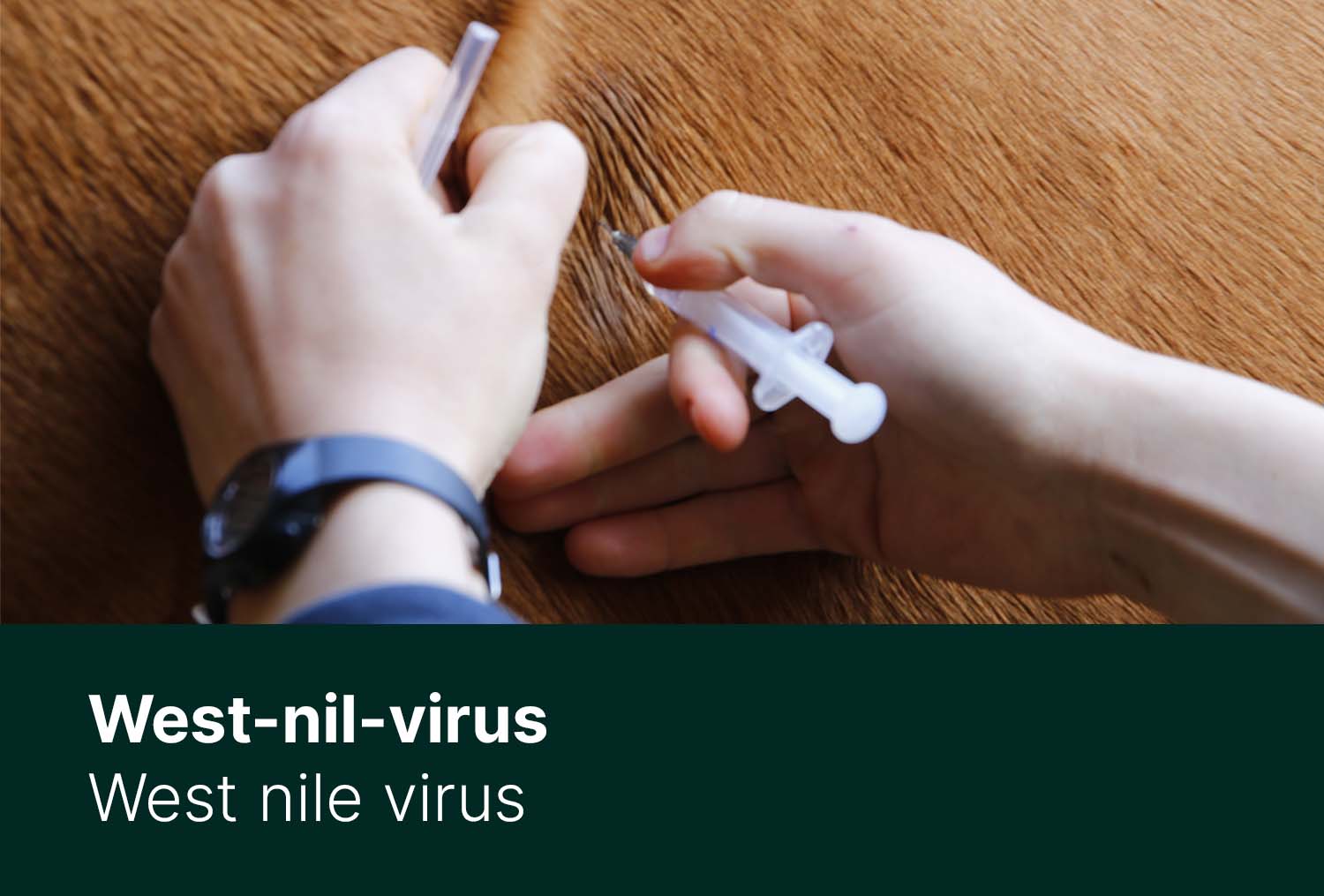
Dental Problems in Horses
The Road to Horse Driving